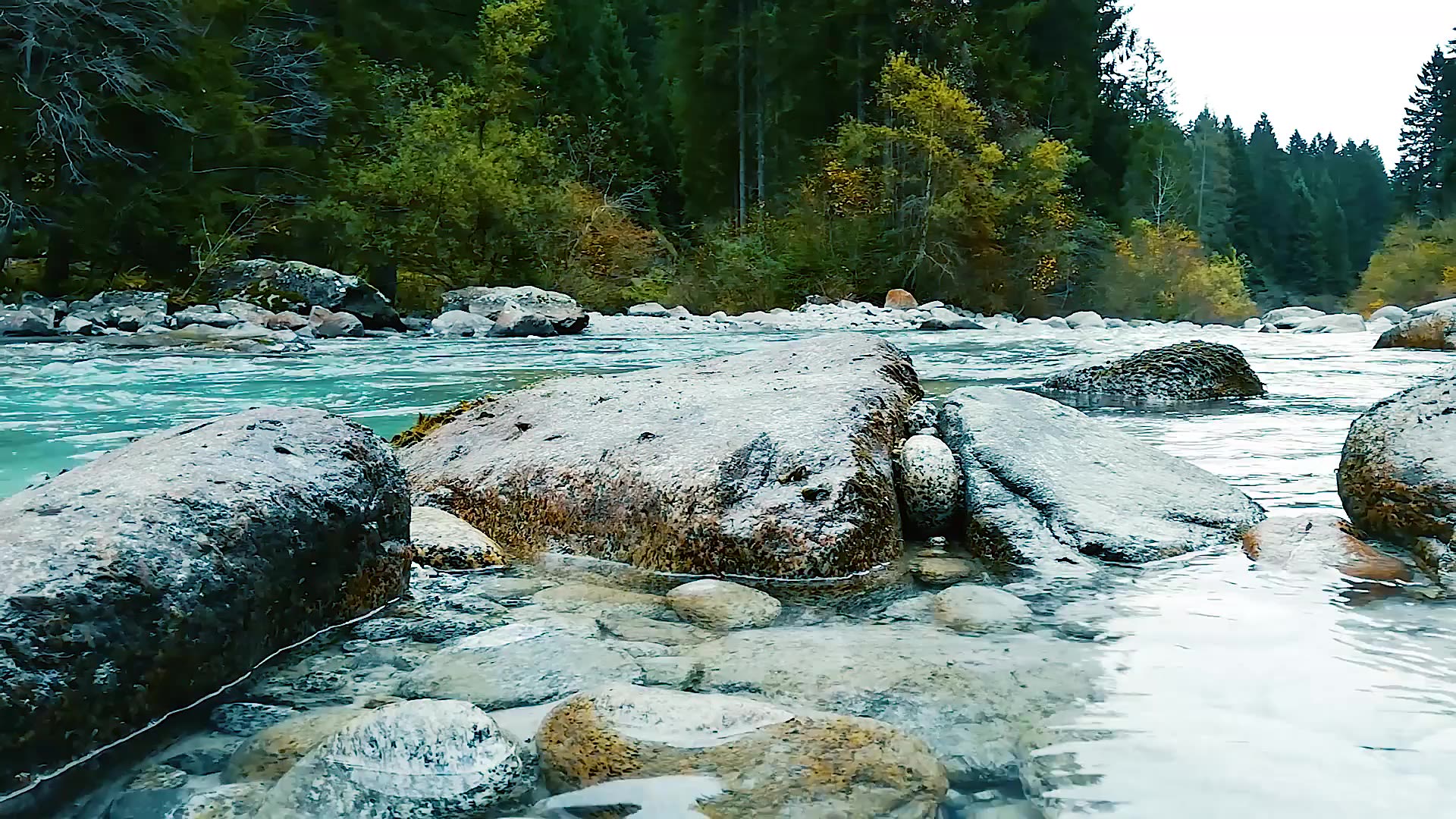The West's Water Distribution

From everyday tasks like doing the dishes, showering and watering plants, water is an essential part of our lives. For the western United States, the main water source is the Colorado River, which over the past 100 years has become unsustainable.
The Colorado River runs through seven states including Nevada, supporting 40 million people and 5 million acres of farmland. This river, sourced by rain and snowmelt, starts in Colorado and snakes through the western United States into Mexico.
“When the western United States was first settled no one ever realized how much water they would really need to survive here,” science teacher Martha Horner said. “And it wasn't until California's population started to take off like crazy, and they started putting a huge demand on the river and saying ‘We want more, we need more’ [that] they put a plan in place to secure their water.”
In 1922, delegates from all seven Colorado river basin states met in New Mexico to divide the Colorado River into two sections: the Upper Basin (Colorado, New Mexico, Utah and Wyoming) and the Lower Basin (Arizona, California, and Nevada). This division of water was called the Colorado River Compact.
“[The Colorado River Compact] is an extremely important document that helps regulate the flow of the Colorado River,” Horner said. “Without it it would be a free-for-all with everybody saying ‘I want this, I want that’. There's been water wars in other countries over these types of resources but here we've been able to make an agreement in such a way that everybody gets a share of the Colorado River.”
However, the Compact failed to consider Indigenous populations, Mexico, and environmental impacts such as wildlife in their division.
“[The Colorado River Compact] probably needs to be redone. We need to take into account indigenous peoples,” social studies teacher Jessica Kelly said. “It caused this long term historical damage as a result. The [River] eventually gets to Mexico, but at that point, it's like a trickle so they also get nothing out of this treaty. Nothing significant anyway.”
Already having less water than initially thought due to incorrect paper water estimates, many states received a lower percentage of water than initially agreed upon. Nevada for example receives only 1.8% despite being allocated almost 4%.
The Compact uses more water than is currently available and would be available in the future as they divided the river based on paper water instead of wet water.
“History failed to consider droughts and climate change when making that compact which worsened the current situation of water allocation," senior Caitlyn McCarthy said. "There needs to be readjustments globally, not just in Southern Nevada, in order to conserve as much water as possible for our growing population.”
The Boulder Canyon Project Act authorized the construction of the Hoover Dam and further divided the Lower Basin’s water between states, leading to a smaller share of water for Nevada.
“Hoover Dam was put in place as a way to develop a reservoir to hold the water that the lower basin needs to support itself,” Horner said. ”But the environmental impacts are great. If the Hoover Dam was to be built today, the environmental impact statement that would have to be done on current federal law would ensure that the Hoover Dam would have never been built. So the Hoover Dam destroyed acres and acres and miles of ecosystems. It also destroyed habitats. Destroyed soil. There was a lot of damage.”
Despite the damage that has been done, organizations like Project Wet, with over 15,000 educators worldwide, aim to teach students about the history of their local water sources and their water usage. They have several programs specific to Nevada for educators.
“My mom's really obsessed with being water smart and things like that,” Kelly said. “So over the years her chirping in my ear about being water smart had an effect on me. Then I went to the Springs Preserve and they gave this amazing seminar. The water district people come out and they tell you full disclosure ‘we're really the best at this and let me show you why’ and other countries come and learn from our Vegas Valley Water District. I think that's impressive.”
